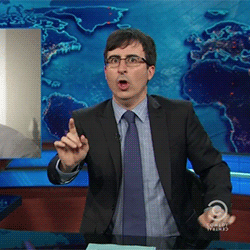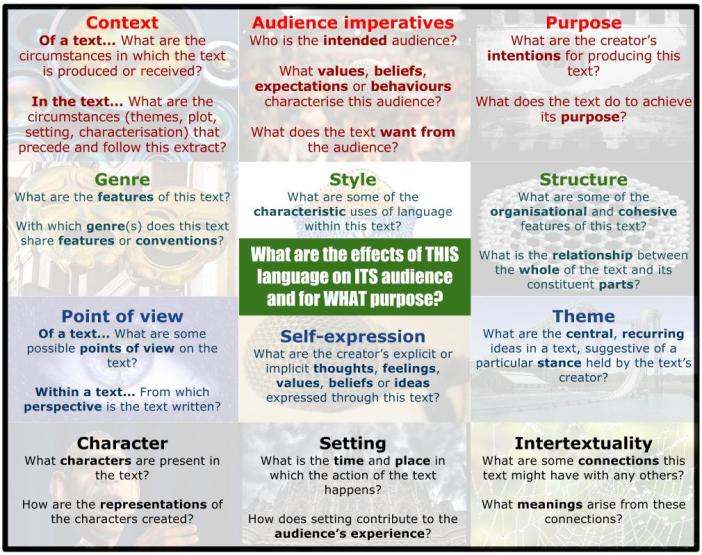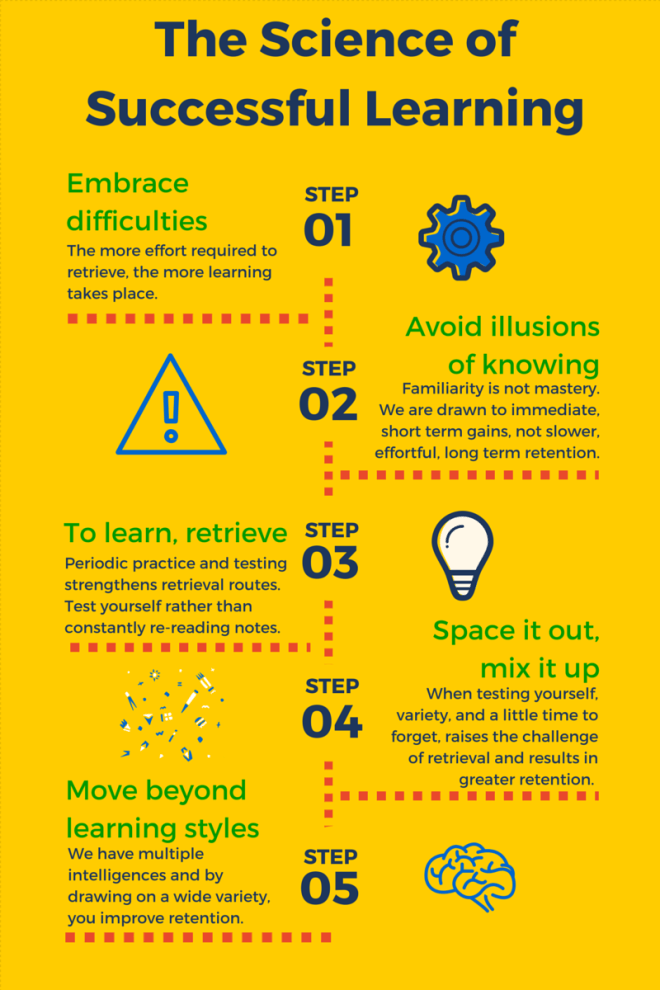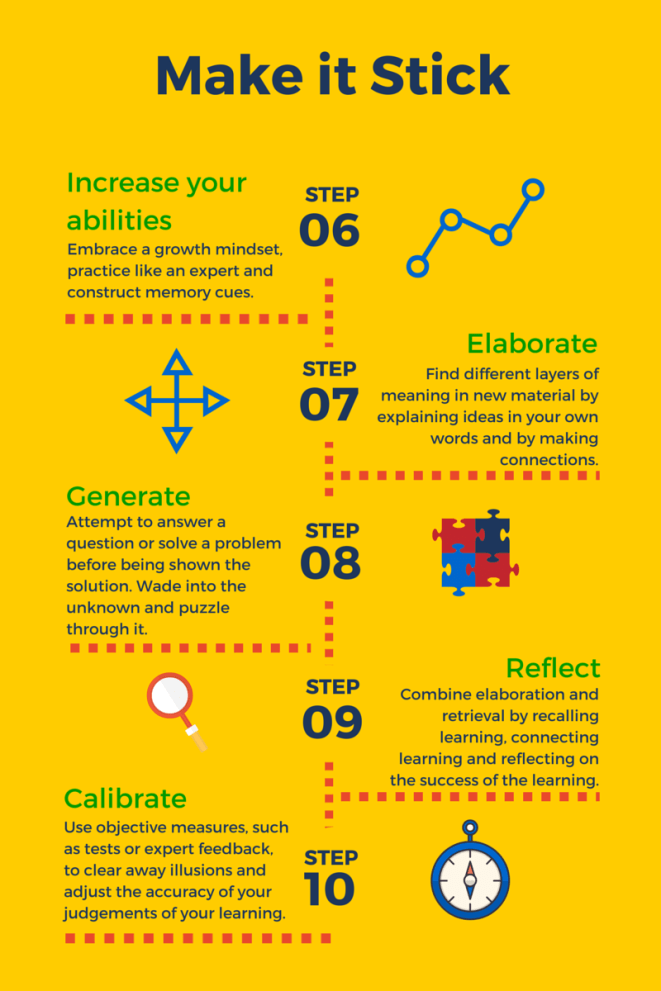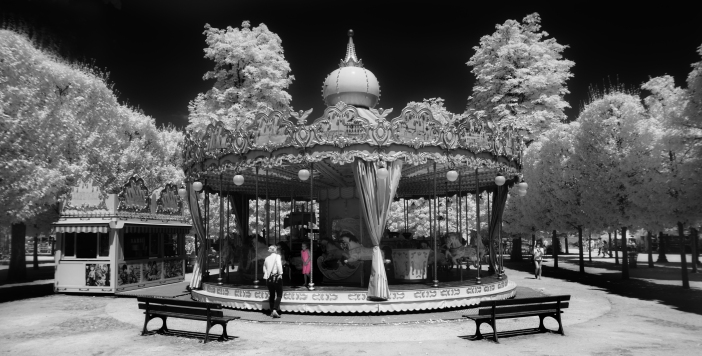It’s the start of a new academic year, so it’s time to forge those classroom communities. In my experience (filled with success and failure), to build a community you need to give students a sense of belonging, a recognition of potential adversity, ownership, and a vision that binds them together. To do this, try my 13 To Dos:
- Meet and greet students at the door, and be present to wish your students well as they leave. Always. Get to know what makes them wonderful.
- It sounds counter-intuitive, but make your classroom focused on embracing challenge, the possibility of failure and the potential uncertainties on the way to a common goal (aka students learning things). Nothing forges a group more than adversity.
- Be sure students understand that their individual input is required for any group success.
- Ask for, and act upon, student feedback on how the class is run.
- Be the passion you expect and…
- …. regularly allow students to share theirs in student-led presentations from their favourite book to current affairs. I have used this protocol – Hot Reads.
- Have fun together, with whole class quizzes and low-stake, friendly competitions, e.g. Kahoot or Quizlet Live. Even better, compete with other classes…
- Actively and intentionally coach students to collaborate in whole class, small group and paired discussions, for example with the 7 norms of collaboration.
- Reminisce at least once a year. I’ve run this Memory Cafe lesson to do this.
- Place student work on your walls, showcasing both exemplary work and on-going, imperfect products.
- Allow students to work in ways that honour the differences in how they might best contribute to the community. Sometimes this is alone. Often it’s as part of a group. Create classroom space for both.
- Maintain a comfortable, clean, welcoming classroom.
- Take and display photos of students working, smiling, having fun. The Google+ photo assistant will even create a GIF if you photo burst your target.
In summary, ask yourself the following three questions:
- Do you have routines in place that allow the group to experience a sense of community?
- Do you have a shared vision for success?
- Does the classroom space mirror and promote a community you all value?

